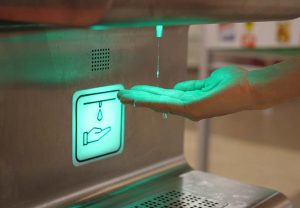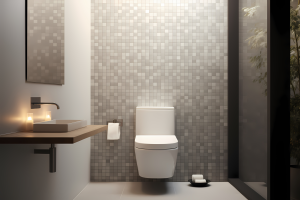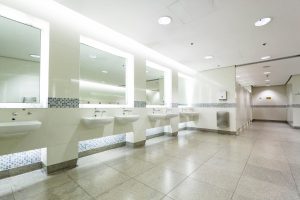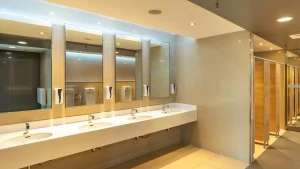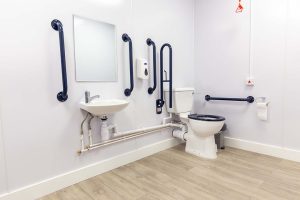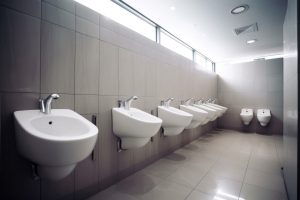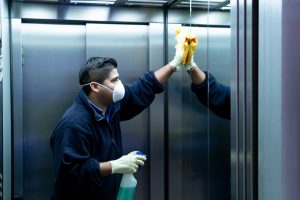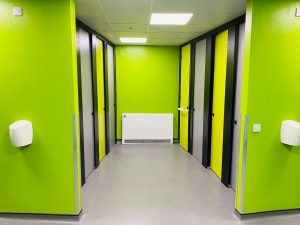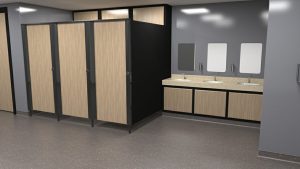When designing or installing a new washroom hygiene is always an important factor. For hospital staff such as nurses, surgeons or doctors a washroom is somewhere to prepare for their day and wash away any germs. This is why a number of special features are required in order to make sure that hospital washrooms are as hygienic as possible.
Hands Free Hygiene
One of the most important features of a hospital washroom is the presence of hands-free tap and soap dispensers. These allow staff to wash their hands without having to touch any surfaces which could be contaminated. Another key feature is the use of automatic flushers and flush valves. These help to reduce the spread of germs by ensuring that all surfaces in the washroom are flushed automatically after each use. Hospital washrooms also need to have well-sealed drains in order to prevent any sewage or contaminated water from entering the room.
Privacy
Another important consideration for hospital washrooms is privacy. Staff members may need to change into their uniforms or take a break during their shift. To respect their privacy, hospital washrooms should have individual stalls with doors that can be locked. The use of cubicles also helps to reduce noise levels in the washroom, which can be important in busy hospitals.
Non Slip Surfaces
One of the main priorities in a hospital washroom is to create a safe environment. This means that the flooring should be slip resistant in order to prevent accidents. Non slip floor tiles or screeding is a good choice for hospital washrooms as they provide a firm grip even when wet. It is also important to make sure that any other surfaces in the washroom, such as countertops and sinks, are also non slip. This will help to reduce the risk of injury if someone falls or slips in the washroom.
Ventilation
Ventilation is an important feature of hospital washroom. This helps to remove any harmful bacteria or fumes from the air and prevents the build-up of condensation on surfaces.
Good ventilation also helps to reduce the risk of mould and mildew growth. To ensure that hospital washrooms are properly ventilated, they should have extractor fans and windows that can be opened.
Accessibility
Hospital washrooms need to be accessible for both staff and patients. This means that there should be enough space for wheelchair users to move around freely. grab rails should also be installed near toilets and showers to provide support for those who need it. Hospital washrooms in some cases can also have baby changing facilities to make life easier for parents. These can be either standalone units or built into the main washroom layout.
Healthcare washrooms need to be designed with both staff and patients in mind. By taking into consideration the special needs of both groups, it is possible to create a hygienic and functional space that meets everyone’s needs.
If you want to know more about our hospital washroom installation services then contact Ask Washrooms today. Our team of experts will be happy to advise you on the best solution for your needs. Call us on: 0116 326 7071



